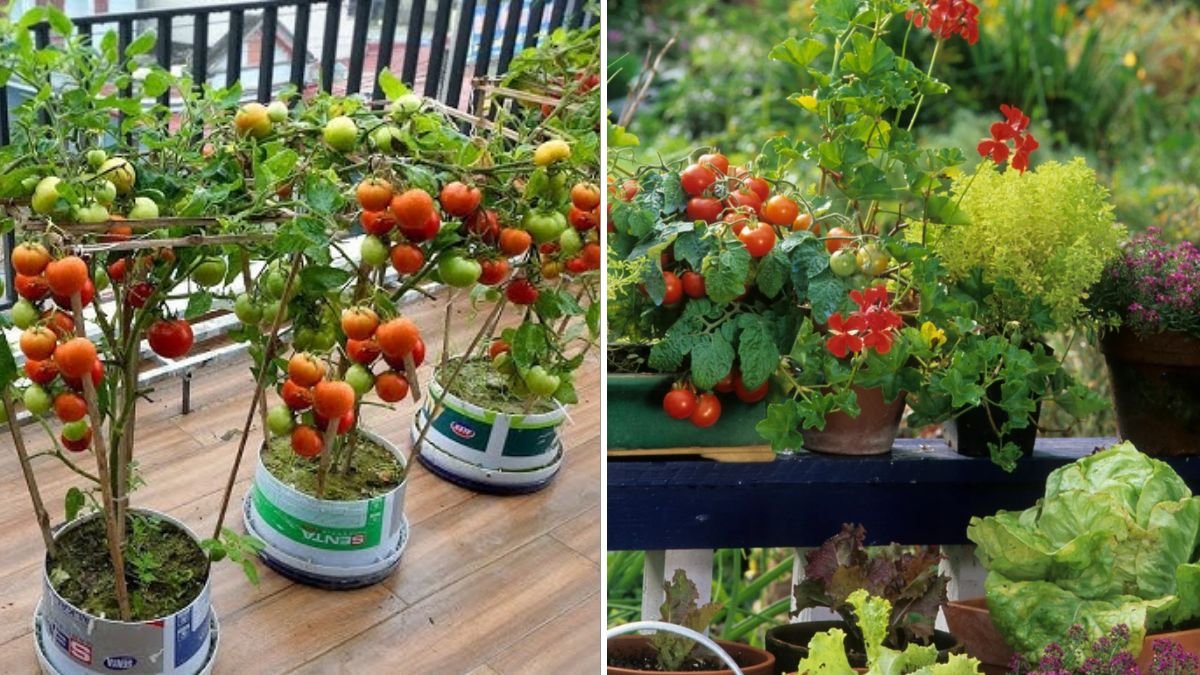Living in a small space doesn’t mean you have to miss out on growing your own fresh fruit. With a little creativity and care, even a modest balcony can become a thriving urban orchard. Whether you’re new to gardening or a seasoned green thumb, these seven fruits are ideal for container growing and will bring color, flavor, and joy right to your outdoor space.
Why Grow Fruits on a Balcony?
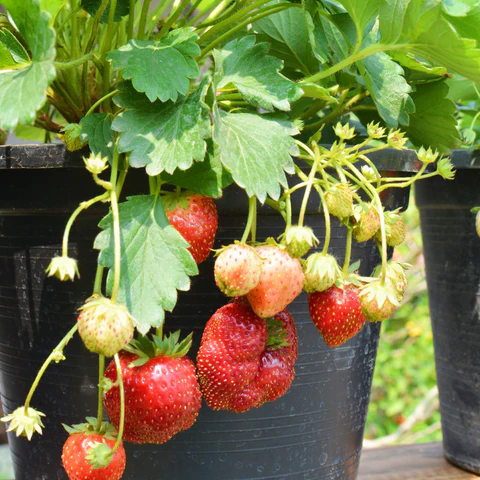
Growing fruits on your balcony offers more than just the delicious reward of homegrown food. It brings nature into your everyday life, reduces grocery bills, and offers a calming, rewarding hobby. Fruit-bearing plants are also visually stunning — from blossoms to ripe harvests — and can even help purify the air around you.
Here are a few reasons to try it:
- Freshness: Harvest and eat — no chemicals or transport needed.
- Space efficiency: Vertical planters, railing boxes, and pots make small-space growing easy.
- Eco-conscious: Growing your own food helps reduce your carbon footprint.
- Personal wellness: Tending plants relieves stress and brings a sense of achievement.
Now, let’s dive into the seven best fruit plants to grow on your balcony — including tips to help you succeed.
1. Strawberries
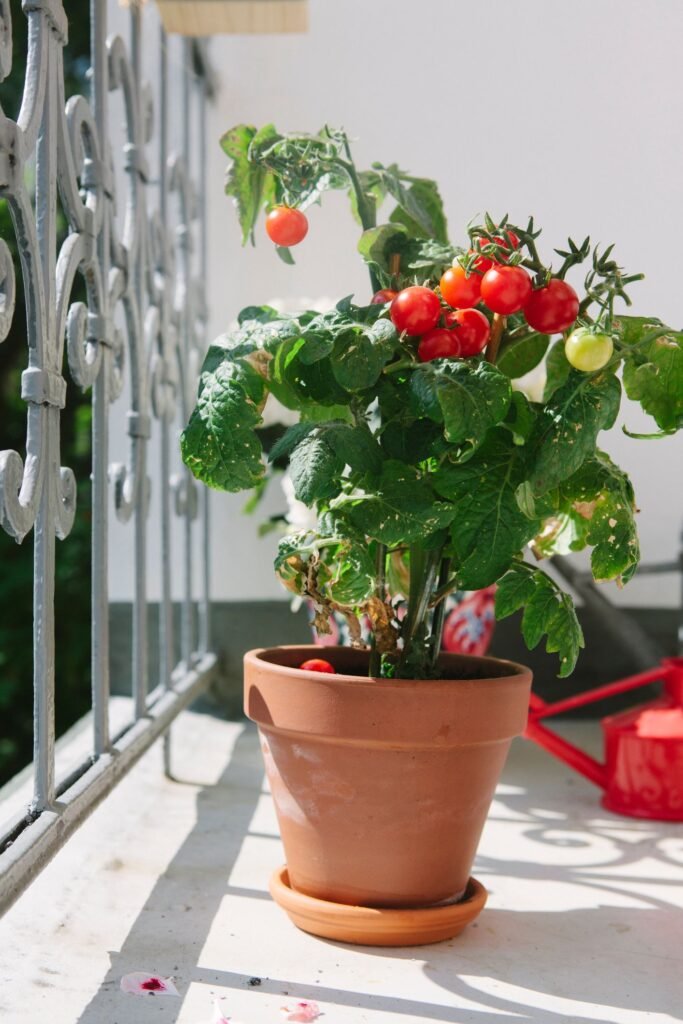
Why They’re Great:
Strawberries are compact, quick to fruit, and perfect for hanging baskets or railing planters. Plus, kids love them!
How to Grow:
- Container: Shallow containers or hanging pots work great.
- Sunlight: Needs 5–6 hours of direct sun daily.
- Watering: Keep soil consistently moist but never soggy.
- Soil: Well-draining potting mix with compost.
- Care: Pinch off runners to encourage more fruit.
What to Expect:
You can expect harvests within a couple of months. Opt for everbearing varieties to enjoy multiple crops in one season.
2. Dwarf Citrus (Lemon, Lime, Kumquat)
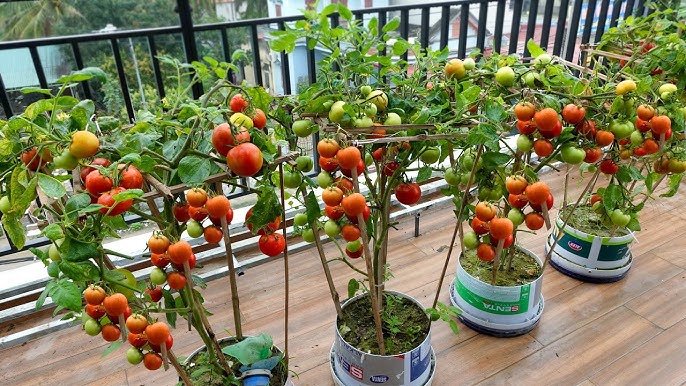
Why They’re Great:
Dwarf citrus trees offer glossy leaves, fragrant blossoms, and zesty fruits — all in one pot. They bring a tropical vibe to your space and can live for years.
How to Grow:
- Container: Start with at least a 30–40 cm diameter pot.
- Sunlight: Loves full sun (6+ hours).
- Watering: Let the top inch of soil dry before watering again.
- Soil: Slightly acidic, well-draining mix.
- Fertilizer: Use citrus-specific feed during growing months.
What to Expect:
With proper care, you’ll enjoy blossoms and fruit within 1–2 years. Move indoors during cold months in non-tropical regions.
3. Dwarf Guava
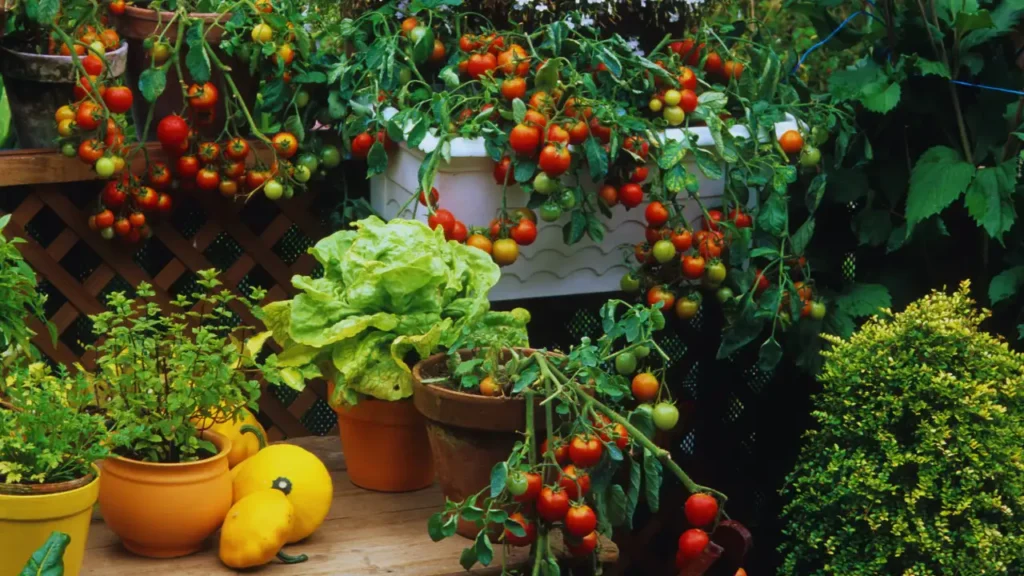
Why It’s Great:
Guava is hardy, low maintenance, and emits a sweet fragrance when fruiting. It doubles as a decorative and edible plant.
How to Grow:
- Container: Choose a deep, large pot (40 cm or more).
- Sunlight: Requires full sun for best growth.
- Watering: Keep soil moist, not soggy.
- Soil: Fertile mix rich in organic matter.
- Fertilizer: Balanced feed during the growing season.
What to Expect:
You may get fruit within a year in warm climates. Prune regularly to keep the plant compact and manageable.
4. Fig Tree (Ficus carica)
Why It’s Great:
Figs are well-suited for containers, tolerate pruning, and yield sweet, nutrient-rich fruit. Their broad leaves also add a Mediterranean flair to your balcony.
How to Grow:
- Container: Use a large pot with good drainage.
- Sunlight: Requires full sun (6+ hours).
- Watering: Deep waterings; let topsoil dry slightly between.
- Soil: Rich, well-draining potting mix.
- Pruning: Trim back branches to control size and encourage fruiting.
What to Expect:
Figs often fruit in their second year. Container-grown trees stay compact and manageable — ideal for limited space.
5. Dwarf or Patio Cherry
Why It’s Great:
Cherries offer lovely spring blossoms followed by juicy summer fruits. Dwarf varieties are perfect for small containers and don’t need much space.
How to Grow:
- Container: At least 35–45 cm wide and deep.
- Sunlight: Needs at least 6 hours of full sun.
- Watering: Keep soil consistently moist but not waterlogged.
- Soil: Loamy, fertile, well-draining mix.
- Fertilizer: Balanced fertilizer in early spring; potassium-rich feed during fruiting.
What to Expect:
Self-fertile varieties can produce fruit on their own. Watch out for birds — netting may be needed once fruit appears.
6. Pineapple
Why It’s Great:
Pineapples are surprisingly container-friendly and add a bold tropical touch to your space. Though slow to mature, they’re low-maintenance and visually stunning.
How to Grow:
- Container: Use a pot about 25–30 cm wide.
- Sunlight: Needs very bright, direct light.
- Watering: Keep soil lightly moist; avoid waterlogging.
- Soil: Well-draining mix with sand or perlite.
- Care: Remove any dead leaves and protect from frost.
What to Expect:
Pineapples take 18–24 months to fruit, but the wait is worthwhile. The foliage alone makes them a conversation starter.
7. Dwarf Peach
Why It’s Great:
Patio peaches are specially bred for small spaces and provide stunning blossoms in spring followed by juicy fruit in summer.
How to Grow:
- Container: Minimum 40 cm wide with good drainage.
- Sunlight: Full sun is essential.
- Watering: Consistent moisture, especially when fruiting.
- Soil: Nutrient-rich, well-draining mix.
- Fertilizer: Feed in spring and after flowering.
- Pruning: Keep the center open for airflow and light.
What to Expect:
Some varieties fruit in their first or second year. Chill-hour needs vary, so check if your climate meets the variety’s requirements.
Tips for Balcony Fruit Gardening Success
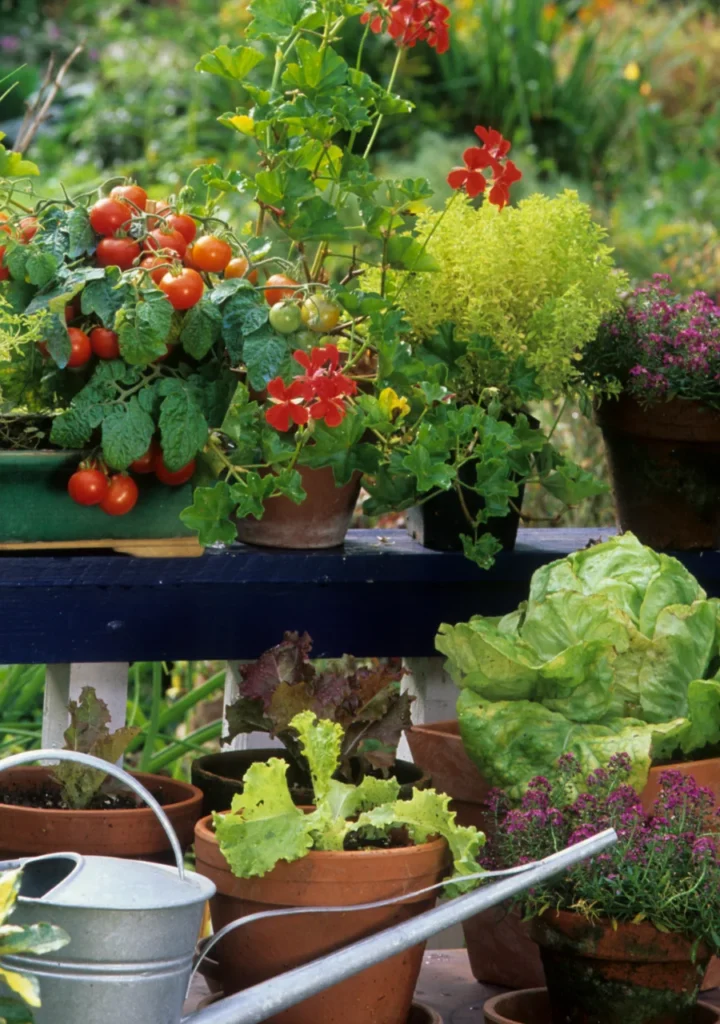
To get the best out of your balcony fruit garden, keep these universal tips in mind:
- Know Your Sunlight
Most fruiting plants need a minimum of 5–6 hours of direct sunlight. Choose your spot wisely. - Pick the Right Containers
Choose pots large enough for root development with adequate drainage holes. Terracotta or plastic both work, depending on your climate. - Use Quality Soil
Invest in a high-quality, well-draining potting mix. Add compost or cocopeat for improved structure and nutrition. - Water Smartly
Water deeply and regularly, but allow the topsoil to dry between waterings. Mulching helps retain moisture. - Fertilize Regularly
Container plants rely on you for nutrients. Use a slow-release or liquid organic fertilizer during the growing season. - Protect from Pests and Weather
Balcony plants are still vulnerable to pests and extreme weather. Use neem oil for pests and consider lightweight netting for protection. - Pollination Matters
Some plants need help with pollination. If bees or butterflies don’t visit your balcony, gently shake branches or use a soft brush to transfer pollen. - Rotate and Refresh
Rotate pots occasionally for even light exposure. Refresh soil every year or two to prevent compaction and nutrient loss.
Final Thoughts
Balcony gardening is a beautiful way to reconnect with nature and enjoy the simple pleasures of homegrown food — even in the heart of the city. Whether you’re picking sun-warmed strawberries in the morning or squeezing fresh lime into your tea, these fruits bring more than just flavor — they bring a lifestyle.
Start small. Choose one or two fruits that suit your climate and space, and build your mini orchard from there. With a bit of sunlight, patience, and care, your balcony will soon be bursting with life, color, and delicious rewards.
